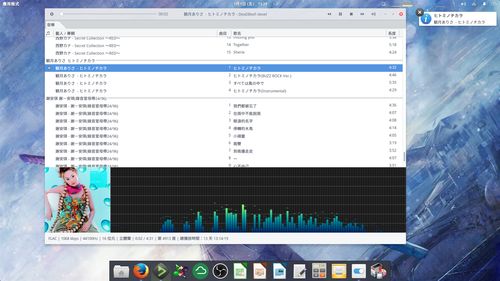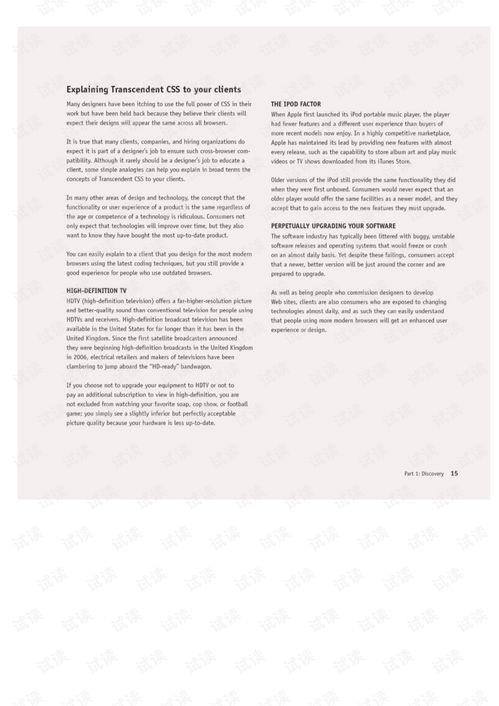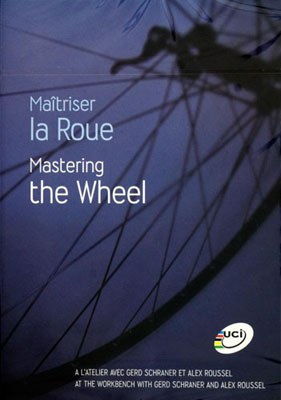Content:
Introduction:
Fishing in a small pond can be a delightful and rewarding experience. It offers a tranquil environment where you can unwind and enjoy the serene beauty of nature. However, to make the most out of your fishing trip, it's essential to understand the specific techniques required for small pond fishing. In this article, we will discuss the essential tips and tricks to help you master the art of fishing in a small pond.
Choose the Right Location:
The first step in successful small pond fishing is to choose the right location. Look for areas where there is a good supply of fish, such as near submerged logs, rocks, or weed beds. These spots provide excellent hiding places for fish, making them more likely to bite. Pay attention to the depth of the water as well, as fish tend to congregate in deeper areas during certain times of the day.
Select the Right Equipment:
When fishing in a small pond, it's crucial to have the appropriate equipment. Here are some essential items to consider:
- Rod and reel: Choose a lightweight, portable rod and reel combination suitable for the type of fish you're targeting.
- Line: Use a monofilament line with a suitable breaking strength, considering the size of the fish you expect to catch.
- Hooks: Select the appropriate hook size and style based on the fish species you're targeting.
- Lures and bait: Choose lures or bait that mimic the natural prey of the fish in the pond.
Master the Art of Baiting:
In small ponds, the fish are often less cautious and more likely to bite. To increase your chances of success, here are some baiting techniques:
- Live bait: Using live bait, such as worms, crickets, or minnows, can be highly effective. Fish are naturally attracted to these moving targets.
- Artificial lures: Soft plastics, spinners, and other artificial lures can be great for attracting fish. Experiment with different colors and styles to see what works best.
- Natural bait: If you're fishing for panfish, bread or corn can be effective natural baits.
Timing is Key:
Understanding the fish's feeding patterns is crucial for successful small pond fishing. Here are some tips to help you determine the best time to fish:
- Early morning and evening: Fish are more active during these times, as the water temperature is cooler, and there is less sunlight.
- During overcast days: Fish are often more active on cloudy or overcast days due to the reduced sunlight.
- After a rain: After a rain, the water temperature drops, and the oxygen levels increase, making fish more active.
Be Patient and Observant:
Fishing in a small pond requires patience and attention to detail. Here are some tips to help you be more observant:

- Observe the water: Look for any signs of fish activity, such as splashes or disturbances in the water.
- Adjust your technique: If you're not getting any bites, try changing your bait, lure, or fishing method.
- Be aware of the weather: Fish can be affected by changes in weather, so be prepared to adapt your approach accordingly.
Conclusion:
Fishing in a small pond can be an enjoyable and fulfilling experience if you follow these essential tips and tricks. By choosing the right location, selecting the appropriate equipment, mastering the art of baiting, understanding fish feeding patterns, and being patient and observant, you'll be well on your way to becoming a skilled small pond fisherman. Remember to respect the environment and practice catch-and-release fishing to preserve the pond's ecosystem for future generations. Happy fishing!












